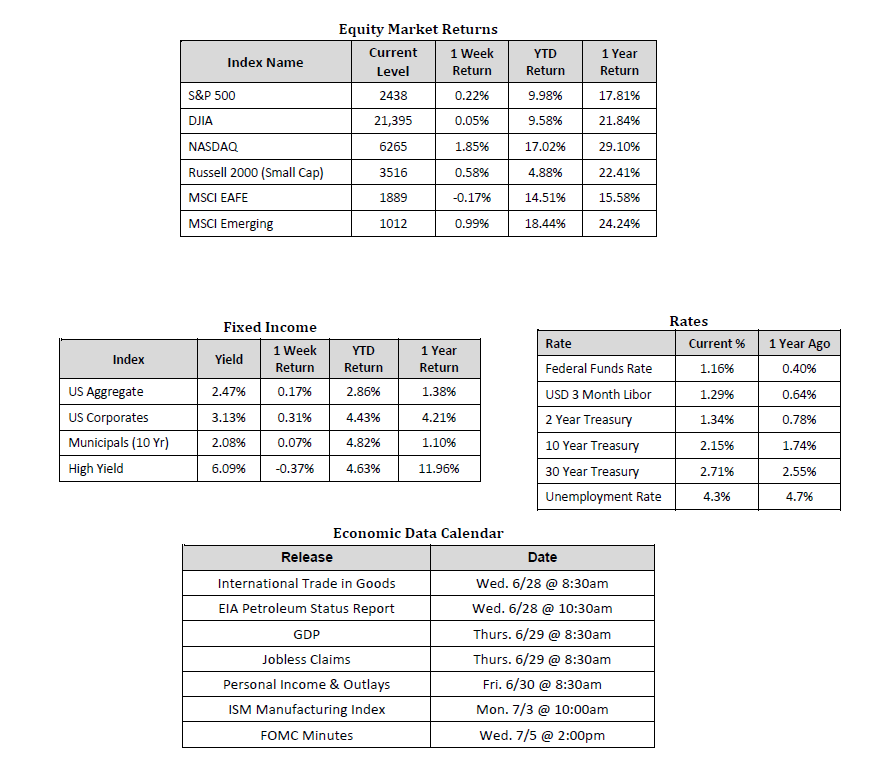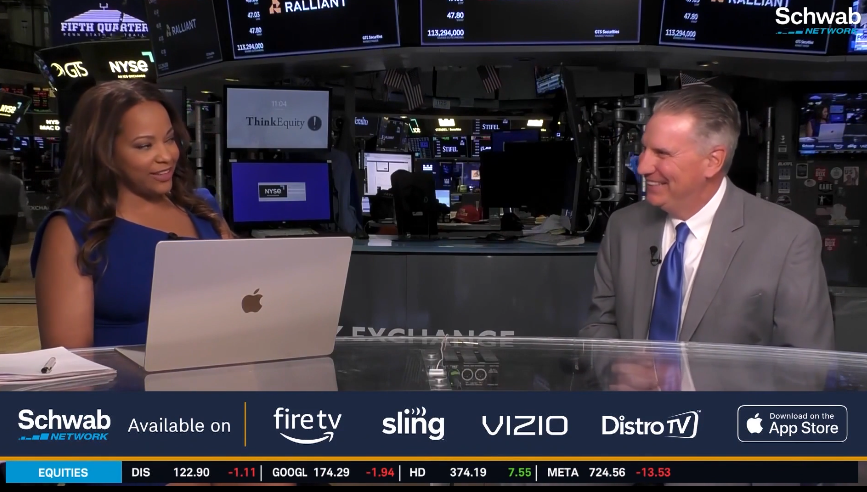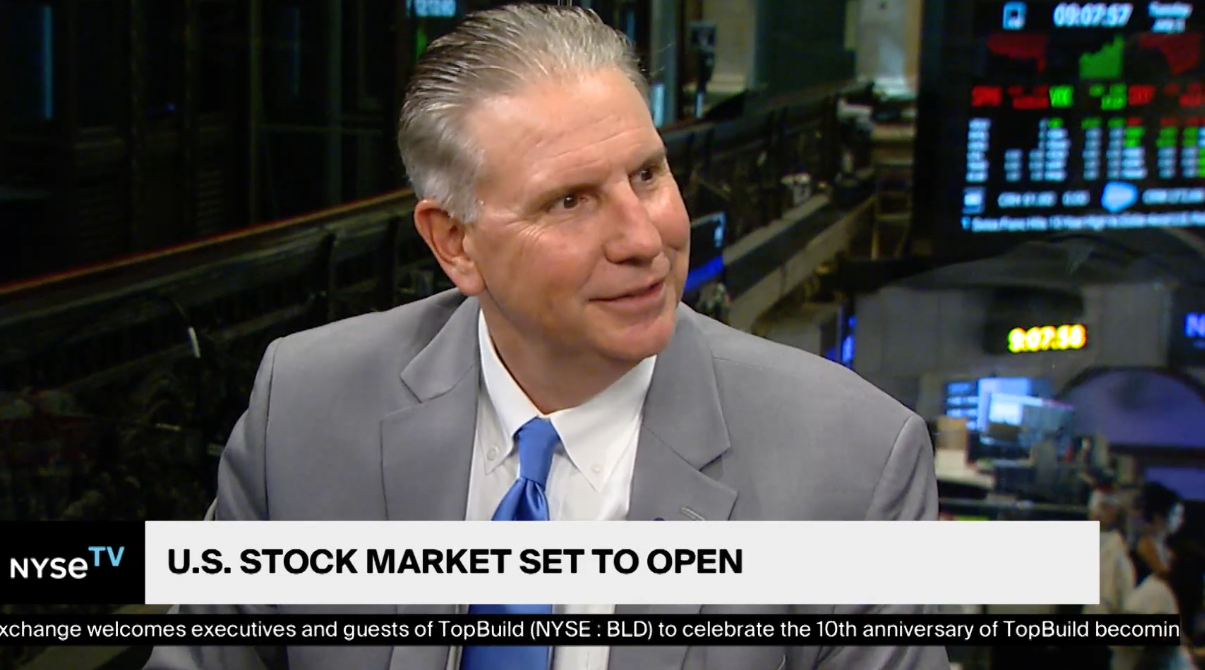
Oil Falls while Stock Gains are Muted
Market Overview
Sources: Equity Market and Fixed Income returns are from JP Morgan as of 06/23/17. Rates and Economic Calendar Data from Bloomberg as of 06/26/17.
Happening Now
Despite declining during three of five trading sessions, the S&P 500 Index finished last week with a 0.2% gain, outpaced by the predominantly small cap Russell 2000 Index which experienced a 0.6% advance, but ahead of the Russell Midcap Index’s 0.1% decline. So far in June, small cap stocks, as measured by the Russell 2000 Index, are the best performing market capitalization segment with a 3.5% gain. The S&P 500 Index for comparison purposes is up 1.3% thus far this month, while the Russell Midcap Index is up 1.2% over the same time period. International developed markets fell 0.2% last week on lower oil prices, soft European economic reports, and the commencement of Brexit negotiations. International emerging markets appeared to shrug off lower oil prices, however, and gained 1% last week. Emerging markets continue to be the best performing geographic segment of the market this year, rising by 18.4% since December 31, 2016.
Energy was the worst performing sector last week, falling nearly 3% on the back of lower oil prices. While OPEC has pledged to maintain their cap on production, continued U.S. drilling activity has led to WTI crude’s nearly 20% fall this year, 4% of which came last week alone. Wednesday’s EIA Petroleum Status Report showed that domestic inventories fell for their second consecutive week but that news was overshadowed by Friday’s Baker-Hughes Rig Count coming in with its eighth consecutive weekly increase. While estimates have come down recently, the energy sector is still expected to post the largest increase in second quarter sales and earnings growth. It is a bit of a conundrum to see the sector with the highest year-over-year growth in sales and earnings underperforming the market by such a significant margin. Consider that as of the close of business on Friday, June 23 the S&P 500 Index was up approximately 10% so far this year, while the Energy sector has had a year-to-date loss of over 13%.
In our view, the performance of oil and the energy sector has broad implications that investors need to consider. In this current environment of low yields and lofty stock valuations, many investors have embraced Master Limited Partnerships (MLPs) and high yield bonds for the income they distribute. While certain MLPs may operate pipelines and enjoy cash flows that not necessarily tied to the price of oil, many MLP stocks have been positively correlated to the price of oil. In a similar way, high yield bonds have been, justly or unjustly, trading in the same direction as oil prices during various points this year. There are certainly no free lunches to be had on Wall Street and investors who own higher yielding securities would be wise to also consider the principal risk associated with these investments and the gradually rising interest rate environment that we now appear to be within.
Important Information and Disclaimers
Disclosures: Hennion & Walsh is the sponsor of SmartTrust® Unit Investment Trusts (UITs). For more information on SmartTrust® UITs, please visit www.smarttrustuit.com. The overview above is for informational purposes and is not an offer to sell or a solicitation of an offer to buy any SmartTrust® UITs. Investors should consider the Trust’s investment objective, risks, charges and expenses carefully before investing. The prospectus contains this and other information relevant to an investment in the Trust and investors should read the prospectus carefully before they invest.
Investing in foreign securities presents certain risks not associated with domestic investments, such as currency fluctuation, political and economic instability, and different accounting standards. This may result in greater share price volatility. These risks are heightened in emerging markets.
There are special risks associated with an investment in real estate, including credit risk, interest rate fluctuations and the impact of varied economic conditions. Distributions from REIT investments are taxed at the owner’s tax bracket.
The prices of small company and mid cap stocks are generally more volatile than large company stocks. They often involve higher risks because smaller companies may lack the management expertise, financial resources, product diversification and competitive strengths to endure adverse economic conditions.
Investing in commodities is not suitable for all investors. Exposure to the commodities markets may subject an investment to greater share price volatility than an investment in traditional equity or debt securities. Investments in commodities may be affected by changes in overall market movements, commodity index volatility, changes in interest rates or factors affecting a particular industry or commodity.
Products that invest in commodities may employ more complex strategies which may expose investors to additional risks.
Investing in fixed income securities involves certain risks such as market risk if sold prior to maturity and credit risk especially if investing in high yield bonds, which have lower ratings and are subject to greater volatility. All fixed income investments may be worth less than original cost upon redemption or maturity. Bond Prices fluctuate inversely to changes in interest rates. Therefore, a general rise in interest rates can result in the decline of the value of your investment.
Definitions
MSCI- EAFE: The Morgan Stanley Capital International Europe, Australasia and Far East Index, a free float-adjusted market capitalization index that is designed to measure developed-market equity performance, excluding the United States and Canada.
MSCI-Emerging Markets: The Morgan Stanley Capital International Emerging Market Index, is a free float-adjusted market capitalization index that is designed to measure the performance of global emerging markets of about 25 emerging economies.
Russell 3000: The Russell 3000 measures the performance of the 3000 largest US companies based on total market capitalization and represents about 98% of the investible US Equity market.
ML BOFA US Corp Mstr [Merill Lynch US Corporate Master]: The Merrill Lynch Corporate Master Market Index is a statistical composite tracking the performance of the entire US corporate bond market over time.
ML Muni Master [Merill Lynch US Corporate Master]: The Merrill Lynch Municipal Bond Master Index is a broad measure of the municipal fixed income market.
Investors cannot directly purchase any index.
LIBOR, London Interbank Offered Rate, is the rate of interest at which banks offer to lend money to one another in the wholesale money markets in London.
The Dow Jones Industrial Average is an unweighted index of 30 “blue-chip” industrial U.S. stocks.
The S&P Midcap 400 Index is a capitalization-weighted index measuring the performance of the mid-range sector of the U.S. stock market, and represents approximately 7% of the total market value of U.S. equities. Companies in the Index fall between S&P 500 Index and the S&P SmallCap 600 Index in size: between $1-4 billion.
DJ Equity REIT Index represents all publicly traded real estate investment trusts in the Dow Jones U.S. stock universe classified as Equity REITs according to the S&P Dow Jones Indices REIT Industry Classification Hierarchy. These companies are REITSs that primarily own and operate income-producing real estate.




